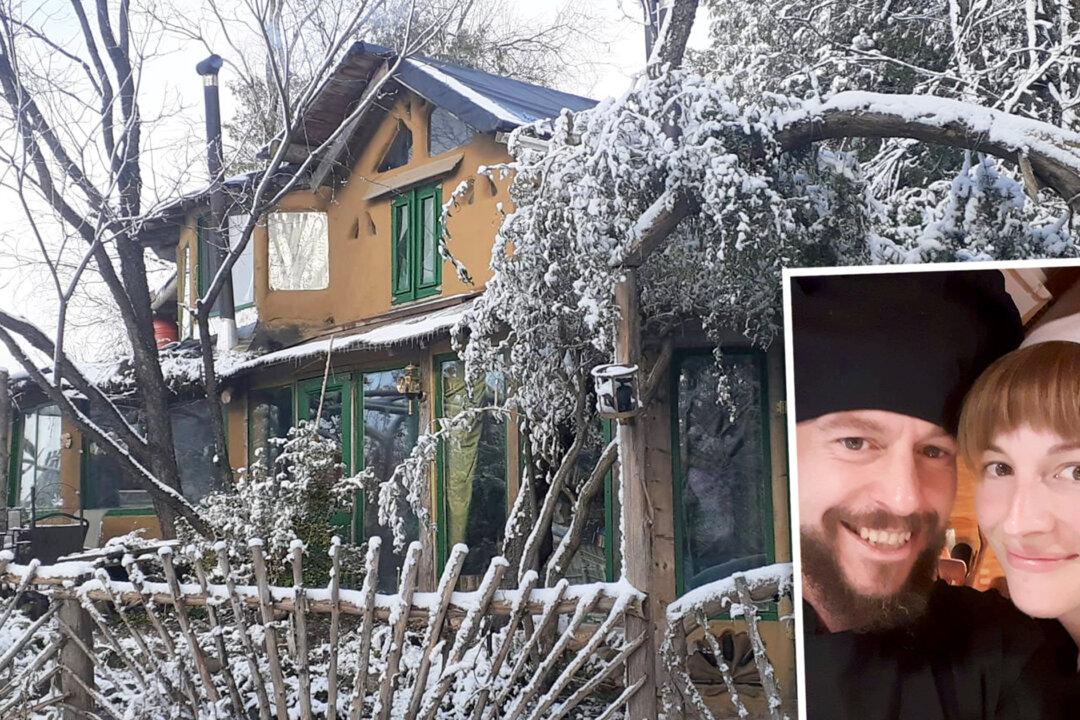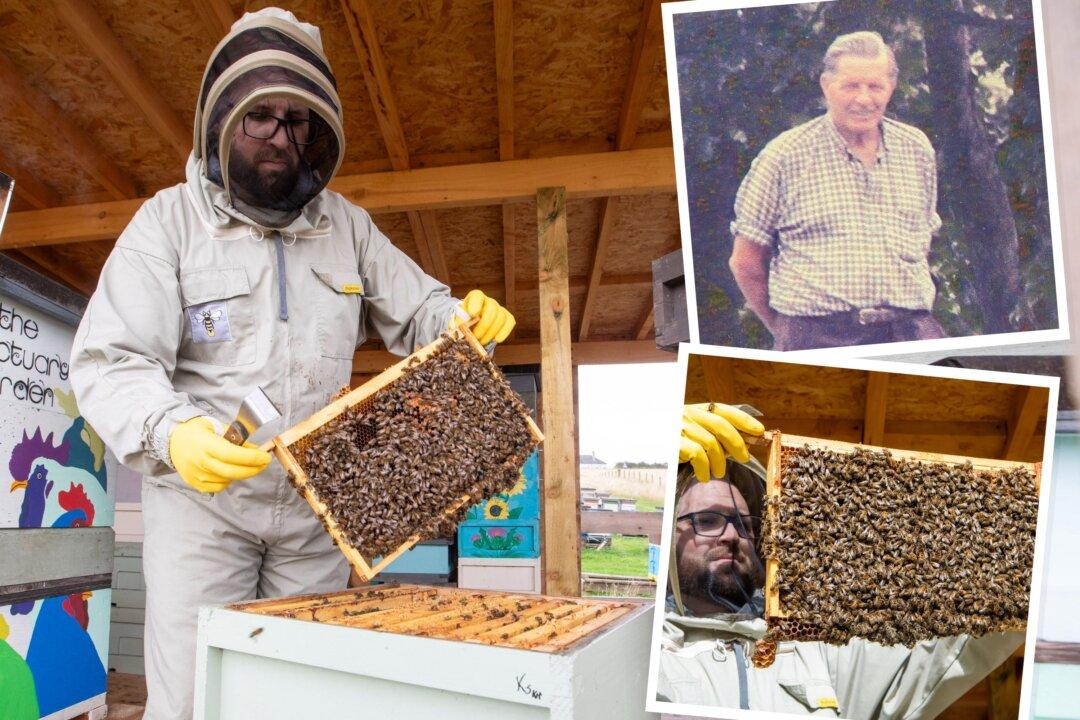A family who lives in an impressive off-grid self-built “clay” home have paid no bills for over a decade—saving them about US$55,000 (CA$70,000) a year.
Misty Murph'Arien, 36, and her husband, Bryce, 46, have become homesteaders—self-sufficiency experts—since moving into a remote Canadian forest 15 years ago.





